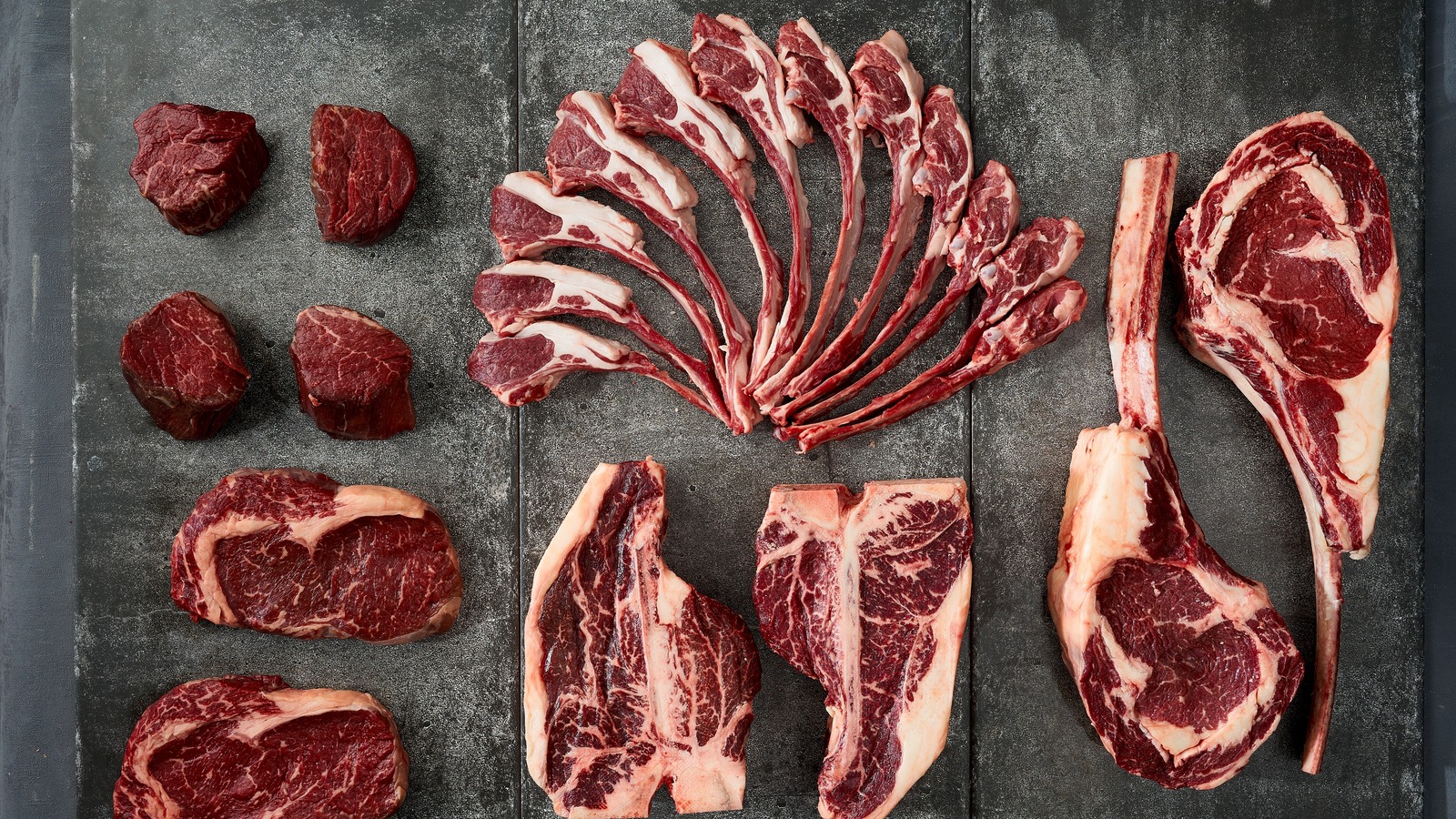
"Tenderloin and filet mignon are known for their simplicity and prestige compared to other steak cut s, as both cuts are not densely marbled and typically contain less "beef" flavor, yet remain very supple and melt in your mouth."
"Tenderloin, also known as whole beef tenderloin, is as tender as its name suggests. Cut from the back half of the animal between the short loin and the sirloins, it's a long, large, tender piece of meat. If you're feeding a crowd, tenderloin is an exceptional cut for a special gathering, as it can be cut into steaks on the grill, made into the perfect holiday roast, or used for an easy Beef Wellington."
"Filet mignon steaks are cut from the actual tenderloin, but beef tenderloin is not considered filet mignon. That said, you'll only get a few cuts of filet mignon per piece of tenderloin. Pro Tip: Buy a whole tenderloin and ask your butcher to break it down into the filet mignon and the beef tenderloin. Filet mignon is also one of the rarest cuts of beef, often making it much more expensive than the whole beef tenderloin."
Beef is divided into primal and sub-primal cuts such as chuck, round, loin, rib, plate, flank, brisket, and shank. Tenderloin and filet mignon are prized for tenderness rather than dense marbling, offering a supple, melt-in-your-mouth texture with milder beef flavor. Whole beef tenderloin is a long, large cut from the back half between the short loin and sirloins and suits roasts, steaks, or Beef Wellington. Filet mignon is cut from the short loin end of the tenderloin and is even more delicate and rarer. Filet mignon commands a higher price per pound; buying a whole tenderloin and having a butcher portion it can save money.
Read at Tasting Table
Unable to calculate read time
Collection
[
|
...
]